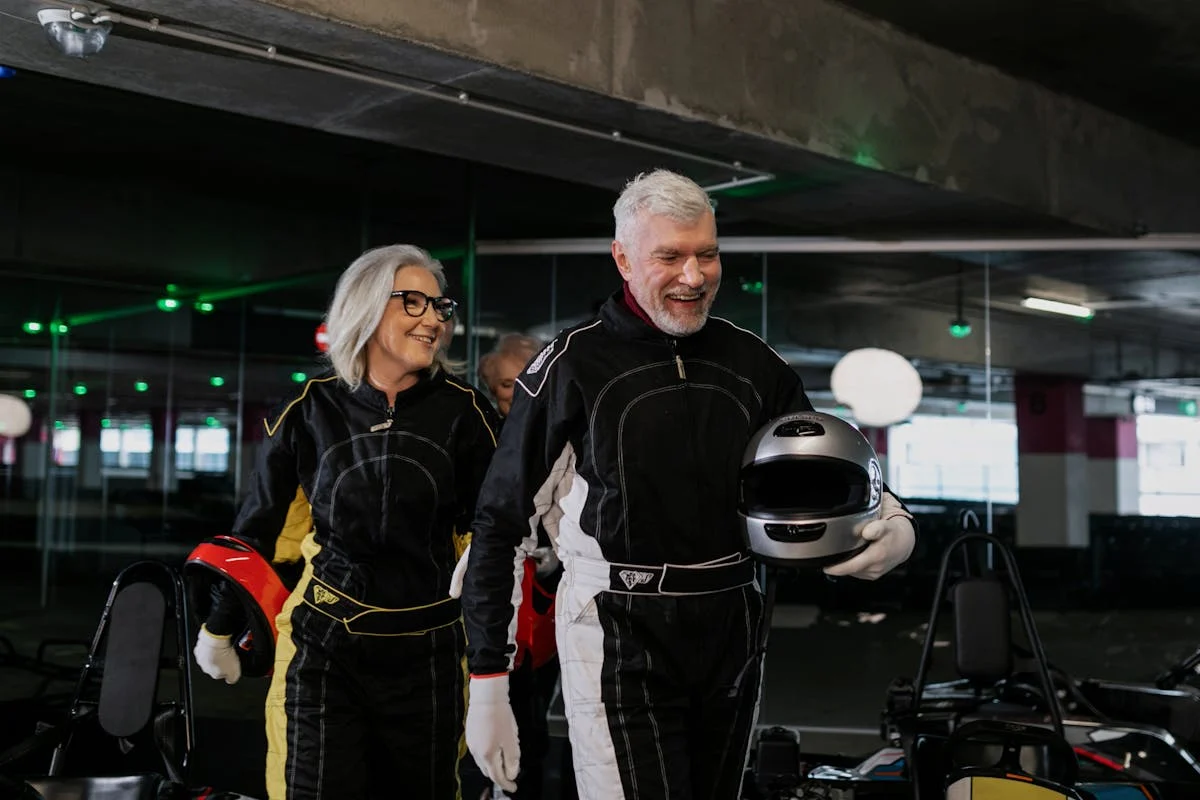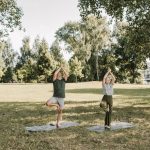As I watched my grandfather, once a vibrant and active man, struggle with everyday tasks, I realized the profound impact that physical fitness—or the lack thereof—can have on our later years. This personal journey into understanding the importance of exercise for the elderly has opened my eyes to why starting early is crucial and how we can encourage those who haven’t yet embraced fitness to get moving.
The Importance of Starting Early
Starting a fitness routine early in life sets the foundation for healthier aging. Regular physical activity strengthens muscles, improves cardiovascular health, and enhances bone density, all of which are critical as we age. According to a study by the CDC, engaging in regular exercise can help older adults maintain independence, manage chronic diseases, and improve overall quality of life.
Key Benefits of Early Exercise:
- Prevention of Bone Loss: Strength training can counteract bone density loss, reducing fracture risks and aiding balance5.
- Cardiovascular Health: Regular aerobic activity improves heart health, reducing the risk of cardiovascular diseases1.
- Muscle Strength and Mobility: Maintaining muscle mass through resistance exercises helps prevent falls and enhances mobility.
Encouraging Those Who Aren’t Fit Yet
For those who haven’t been active, it’s never too late to start. My grandfather was initially resistant to exercise, but with encouragement and gradual introduction to activities he enjoyed, he began to see improvements in his energy levels and mood.
Tips for Getting Started:
- Start Slow: Begin with low-impact activities like walking or swimming. Even short sessions can be beneficial.
- Find Enjoyable Activities: Encourage participation in activities that are fun and engaging, such as dancing or gardening.
- Incorporate Social Elements: Joining group classes or community programs can provide motivation and make exercise more enjoyable.
- Set Realistic Goals: Help set achievable goals that focus on progress rather than perfection.
- Celebrate Small Wins: Acknowledge improvements and milestones to keep motivation high.
Latest Research Findings
Recent studies highlight the long-term benefits of exercise for older adults:
- Heavy Resistance Training: A study found that one year of heavy resistance training helped older adults maintain leg strength for up to four years. This suggests that even starting later in life can yield significant benefits.
- Cognitive Benefits: Regular physical activity has been shown to enhance cognitive functions such as memory and attention in older adults1.
Conclusion
Physical fitness is a lifelong journey that significantly impacts our health as we age. Starting early is ideal, but it’s never too late to reap the benefits of an active lifestyle. By encouraging older adults to engage in regular physical activity, we can help them enjoy their later years with vitality and independence.
Whether you’re just beginning your fitness journey or encouraging a loved one to start theirs, remember that every step counts. Let’s embrace movement as a way to enhance life at any age.
References
- Paterson, D. H., & Warburton, D. E. R. (2010). The effectiveness of exercise interventions for older adults: A systematic review and meta analysis. Age and Ageing.
- Canada.ca. (2019). Physical activity tips for older adults (65 years and older).
- Freeborn, J. (2024). 1 year of heavy resistance training benefits older adults, study finds. Medical News Today.
- CDC.gov. (2024). What You Can Do to Older Adults: Adding Activity.
- NCOA.org (2021). The Life-Changing Benefits of Exercise After 60.



